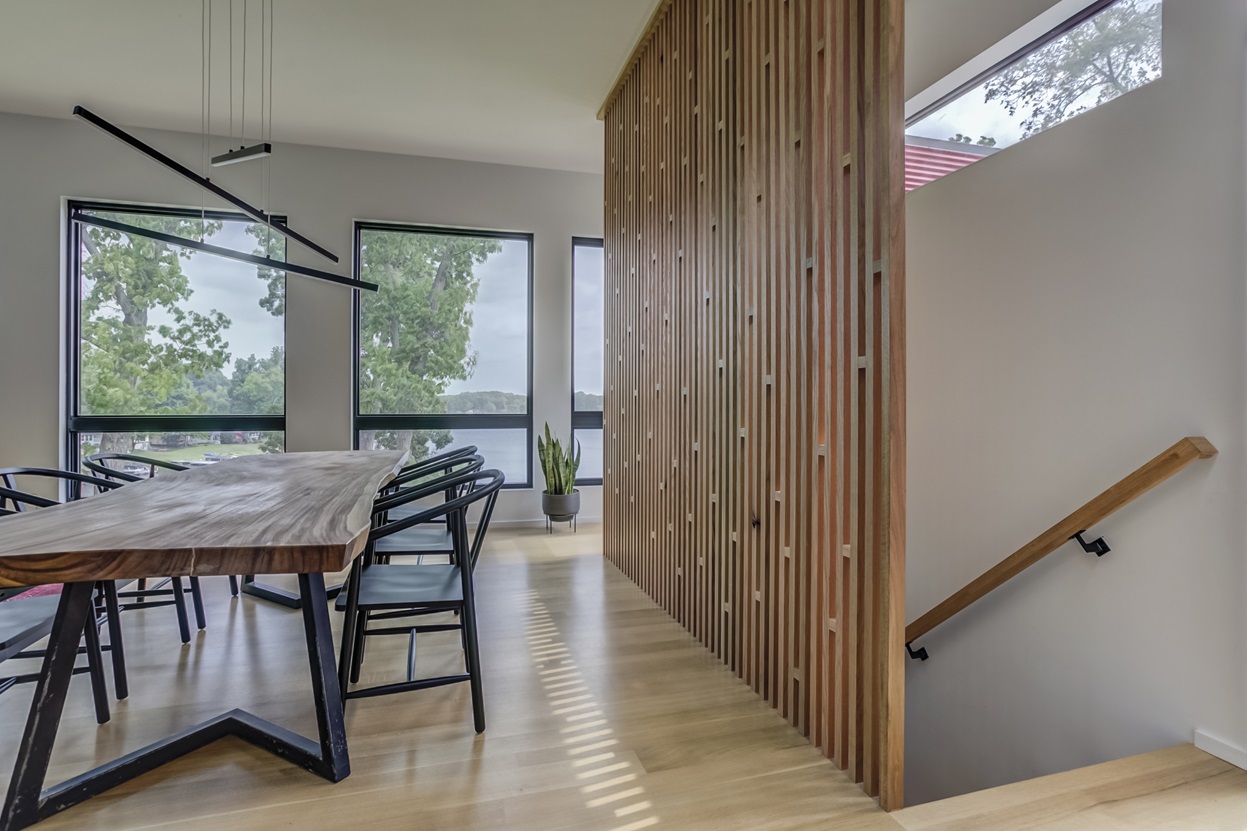As a homeowner, purposeful and thoughtful design is a priority. It can be easy to get swept away with current design trends, although not all of them will enhance your lifestyle.Open floor plans, also referred to as open concept, have dominated residential design for years. While a space without dividing walls is optimal for some families, it’s not a one-size-fits-all design. If you’re planning a home construction project, consult with your designer to learn the advantages and disadvantages and help you evaluate if an open floor plan meets your goals.
What is an open floor plan?
Open concept design involves combining two or more rooms that are traditionally divided by floor-to-ceiling walls. It’s not to imply that all of the rooms in your home are connected. Open floor plans apply to common areas and are usually a combination of the kitchen, dining room, and living areas, and can be a unique combination of any of the three.Historically, open floor plans weren’t always highly sought after. Before their rise in popularity, families desired large homes with designated rooms for privacy. As modern family lifestyles have changed, a shared common space offers more flexibility, embracing the open concept..
Advantages of the open concept
Hosting gatheringsOpen floor plans can make hosting friends and family a more enjoyable experience, enabling you to comfortably mingle and interact with your guests. While hosting a large gathering, it can also help with flow and circulation as people move more freely through the space.Increased natural lightAn open floor plan allows for natural light to reach more interior spaces. Rooms that were once blocked with interior walls will now enjoy some natural light and the view of your yard.Multifunctional space Open floor plans can offer more layout flexibility and functionality within your home. Merging of common spaces can also make the entire space feel larger, without adding additional square footage.
Disadvantages of an open floor plan
Sound travelsOpen concept homes can be louder than traditional layouts without the sound barrier of floor to ceiling walls. Sounds from the kitchen can disturb others who are reading or watching television in the living space. Higher energy costsA traditional floor plan gives you the option to heat or cool specific rooms or zones at varying temperatures and times. With an open floor plan, there is one zone, and the entire space has to be temperature controlled. While the size of the rooms, number of windows and quality of insulation all play a factor in energy costs, one large zone is usually less energy efficient. Less privacyWhile this layout is ideal for social activity, finding private space may be challenging. Additionally, without walls or barriers, clutter is more visible from multiple areas of the home.Expensive to renovateIf you’re looking to renovate your traditional floor plan into an open floor plan, construction can be costly. Non-loading bearing walls are easy to remove, but removing load-bearing walls and replacing with beams can increase the material and construction costs.
Is an open floor plan right for you?
There are multiple factors to consider before deciding on a floor plan for your renovation or new home. Does your family gravitate towards intimate quiet spaces or large open spaces? Is your kitchen used throughout the day or very little? Do you often host large gatherings? Your designer can assist in navigating these questions to help you reach your goals.
If you’re looking for a home design build company with a fresh perspective Giraffe Design Build values partnerships with our clients and through a collaborative process of inspired design, excellent craftsmanship, and sustainable practices, we provide solutions you’ll be delighted with, for years to come. You can reach our team at Giraffe Design Build.



